Generic drugs make up over 90% of all prescriptions filled in the U.S., but they’re also behind nearly every drug shortage you hear about. You might think that because these drugs are cheap and common, they’re easy to produce. But the truth is, the system keeping them on shelves is fragile, outdated, and built to fail. When a simple antibiotic or chemotherapy drug disappears from pharmacy shelves, it’s not an accident. It’s the result of deep flaws in how these medicines are made, shipped, and paid for.
Manufacturing Problems Are the Main Cause
Over 60% of all drug shortages in the U.S. come from manufacturing issues, according to FDA data from 2020. That means the problem isn’t that no one wants to make these drugs-it’s that the factories making them keep breaking down. Contamination is a big one. A single mold spore or particle in a sterile injectable can shut down an entire production line for months. One facility in Puerto Rico had to stop making injectable antibiotics in 2019 after finding foreign particles in vials. That one shutdown caused nationwide shortages of common drugs like morphine and heparin.
Equipment failures are another major issue. Many generic drug plants use aging machinery that hasn’t been upgraded in years. Why? Because profit margins are razor-thin. While branded drugs can make 30-40% profit, generics often clear less than 15%. That doesn’t leave much room for maintenance, let alone modernization. When a mixing tank breaks or a filling machine jams, there’s no backup. These aren’t high-tech biologics factories with redundancy. They’re lean, low-cost operations running at full capacity with no extra room to breathe.
And then there’s compliance. The FDA inspects facilities regularly. If they find violations-poor sanitation, untrained staff, or inaccurate recordkeeping-they can issue a warning or even block shipments. Many manufacturers get caught in a cycle: they cut corners to save money, get flagged, shut down for repairs, and lose market share while competitors fill the gap. Once they’re back online, they’re often too late. Hospitals have already switched to alternatives, and the demand never fully comes back.
Global Supply Chains Are a Single Point of Failure
Most of the active ingredients in generic drugs-called APIs-come from just two countries: China and India. Together, they produce about 80% of the world’s APIs. That’s not just a convenience; it’s a massive risk. When floods hit India’s chemical corridors in 2021, or when China shut down factories during its zero-COVID policy, the ripple effect hit U.S. hospitals hard. A single API shortage can knock out dozens of final drug products. For example, when a key ingredient for metformin was disrupted in 2022, over 20 different diabetes medications vanished from shelves.
And it’s not just about geography-it’s about concentration. A handful of manufacturers make most of the world’s generic drugs. In some cases, only one company produces a specific drug. If that one plant goes offline, there’s no one else to pick up the slack. This is called sole-sourcing. About 20% of all drug shortages involve a single supplier. That’s like having one bridge to a city and no backup route. When it cracks, everyone’s stuck.
Even when multiple suppliers exist, they often rely on the same API sources. So even if two companies make the same drug, they might both be using the same faulty batch from the same Chinese factory. That’s not competition-it’s a shared vulnerability.
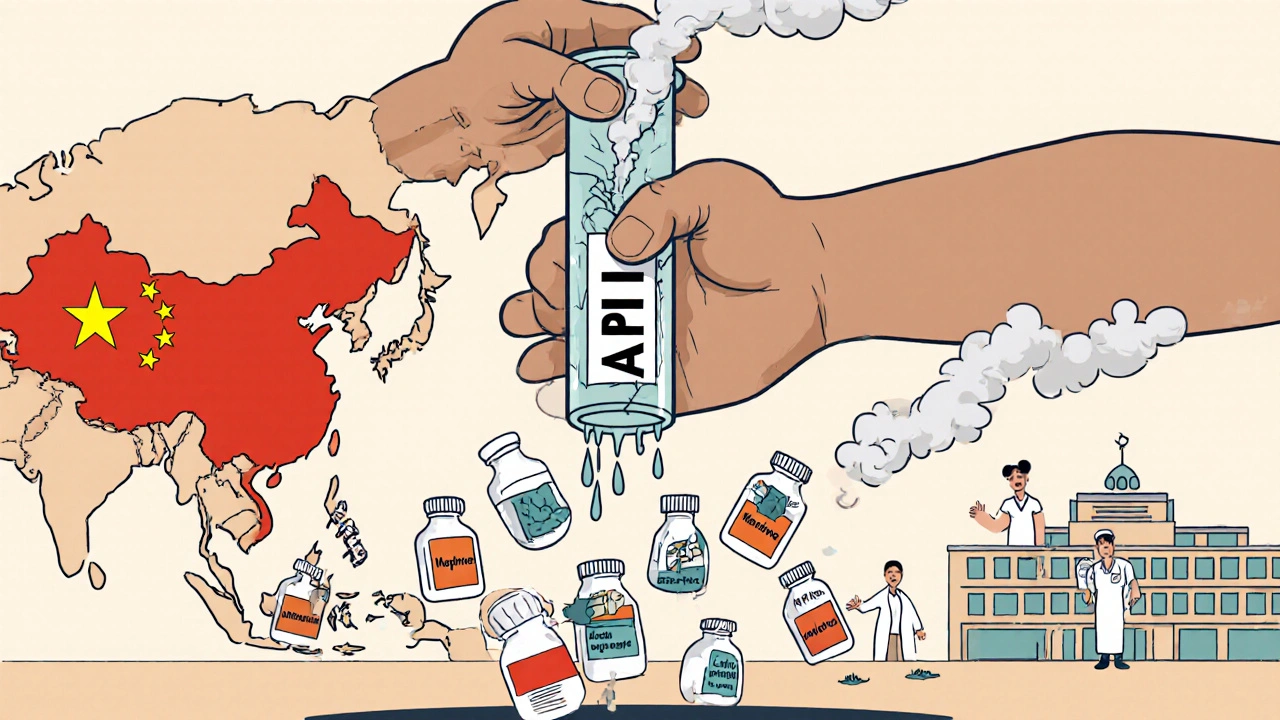
No Buffer, No Safety Net
Unlike other industries, pharmaceutical manufacturers don’t keep extra stock. Why? Because it costs money to store drugs, and generics are sold at the lowest possible price. Companies operate on a just-in-time model: make what’s needed, ship it out, and move on. There’s no warehouse full of extra insulin or amoxicillin sitting around. That’s fine until something goes wrong.
In normal times, this works. But when a factory shuts down, a shipment gets delayed, or a regulatory inspection hits, there’s zero cushion. One study found that most generic drug manufacturers operate with less than two weeks of inventory. Compare that to car manufacturers, who keep months of parts on hand. The system is designed to be efficient, not resilient.
This is especially dangerous for sterile injectables-drugs given directly into the bloodstream. These are hard to make. They require clean rooms, strict controls, and specialized equipment. That means fewer factories can produce them. And when one goes down, hospitals scramble. Nurses have to switch patients to less effective alternatives. Cancer treatments get delayed. Anesthesia gets rationed. People die because the system has no backup.
Money Problems Drive the Crisis
Generic drugs are cheap. That’s the whole point. But the way the market works makes it nearly impossible to make a decent profit. Pharmacy Benefit Managers (PBMs)-the middlemen who negotiate drug prices for insurers-control about 85% of prescription spending. They demand the lowest possible price. To win contracts, manufacturers slash prices even further. Some generic drugs sell for pennies per pill.
That creates a vicious cycle. Lower prices mean less money for quality control, less money for upgrades, less money to hire skilled workers. Some companies stop making certain drugs altogether because they’re not worth the cost. Since 2010, over 3,000 generic products have been discontinued. Many of them were low-margin, high-demand drugs like antibiotics or electrolyte solutions.
And when a drug becomes profitable again-say, after a shortage drives up prices-new manufacturers don’t rush in. Getting FDA approval for a new generic can take years. The paperwork is complex. The inspection process is strict. And by the time a new company gets approval, the shortage has passed, prices have dropped, and the market is back to being unprofitable. So they walk away. The system punishes anyone who tries to fix it.
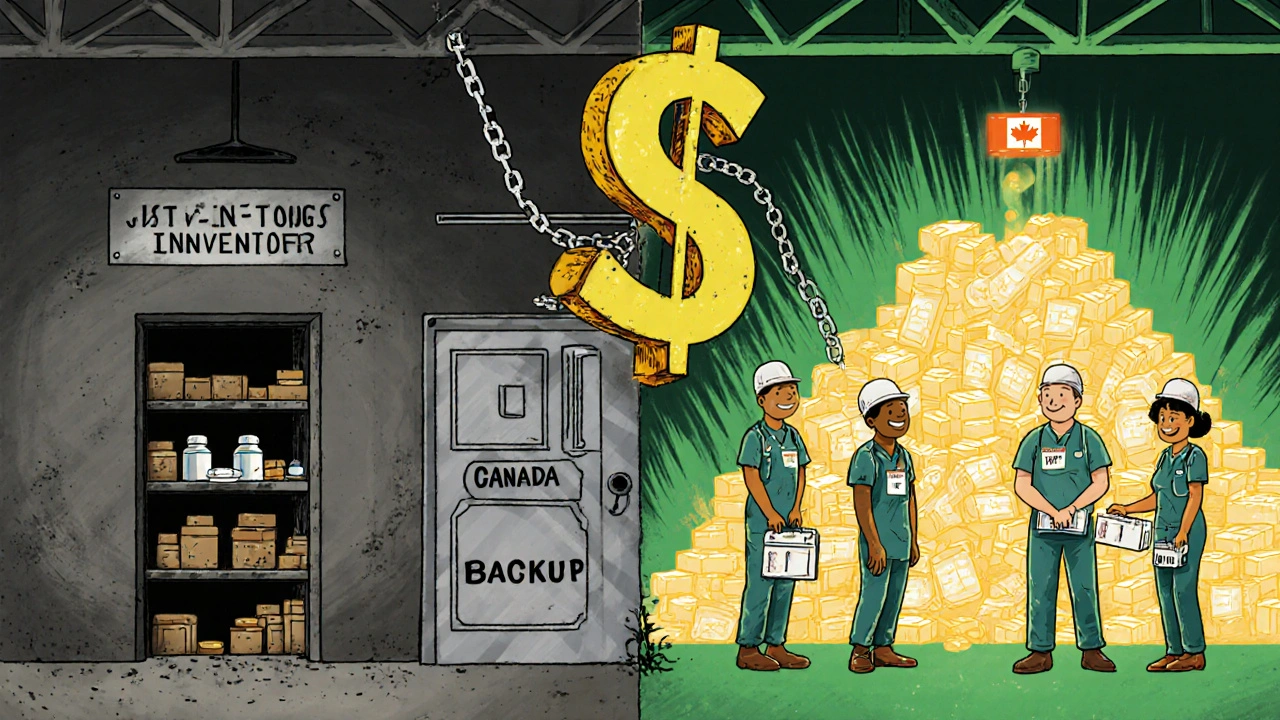
Who’s Responsible?
It’s not just manufacturers. Hospitals and insurers play a role too. Many hospitals use formularies that only cover the cheapest version of a drug-even if it’s in short supply. So when a drug runs out, they can’t switch to a similar one that’s available because it’s not on the approved list. That forces pharmacists to wait for the original drug to return, even if alternatives exist.
Meanwhile, PBMs often don’t disclose why a drug is unavailable. Pharmacists get calls from doctors and patients asking where the medicine is, but they have no clear answers. About one in four shortage reports filed with the FDA don’t even list a reason. That lack of transparency makes planning impossible.
Canada has the same types of manufacturing problems-but fewer shortages. Why? Because they have better coordination. Their government, hospitals, pharmacies, and manufacturers talk to each other. They maintain strategic stockpiles for critical drugs. They don’t wait for a crisis to act. In the U.S., the Strategic National Stockpile only kicks in for bioterrorism or natural disasters-not for routine drug shortages.
What’s Being Done?
There are signs of change. In 2023, Congress introduced the RAPID Reserve Act, which would create a government-backed stockpile of critical generic drugs and offer incentives to bring manufacturing back to the U.S. The FTC is also investigating PBMs for anti-competitive behavior. Some hospitals are starting to stockpile essential drugs themselves. And a few manufacturers are investing in new facilities-even though the ROI is uncertain.
But none of this fixes the core problem: the market doesn’t reward reliability. It rewards the lowest bid. As long as that stays true, shortages will keep happening. No amount of regulation or stockpiling will fix a system designed to fail.
The solution isn’t just more factories or better inspections. It’s a new economic model-one that pays manufacturers enough to build resilience, not just cut costs. That means paying a little more for generics. It means hospitals choosing drugs based on reliability, not just price. It means regulators holding PBMs accountable. And it means recognizing that when a $0.10 antibiotic disappears, it’s not just an inconvenience. It’s a public health emergency.

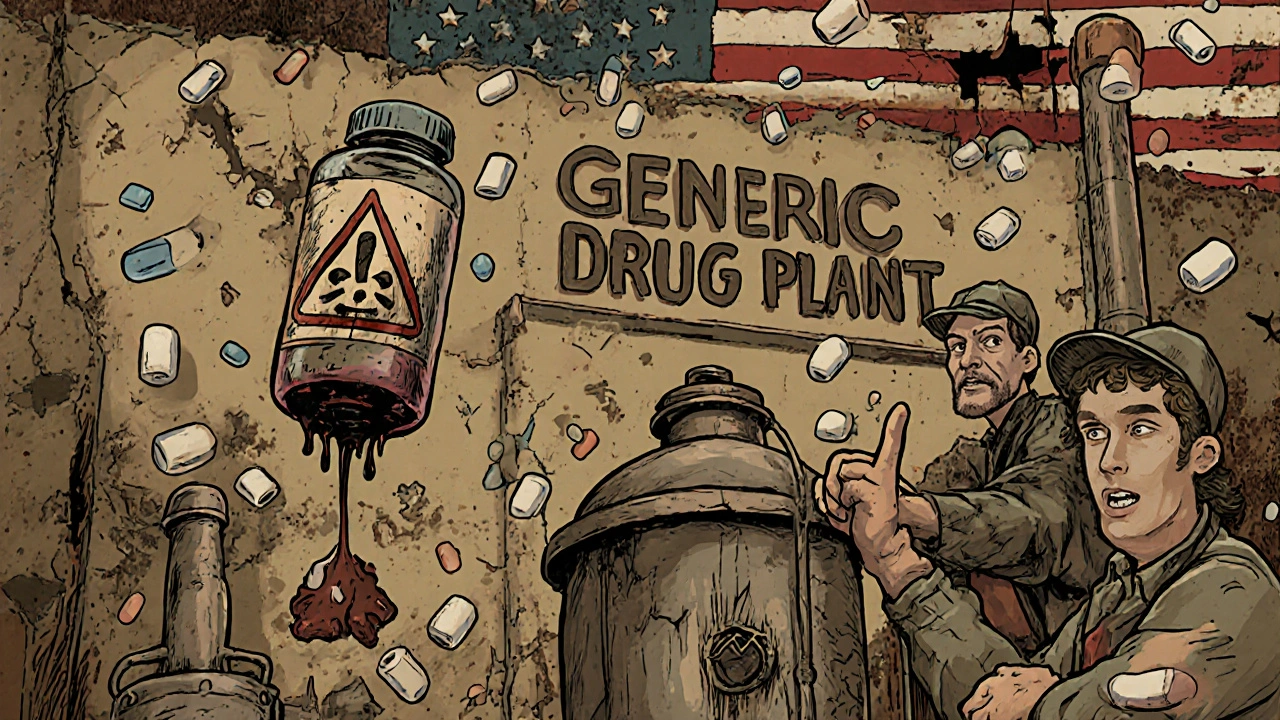


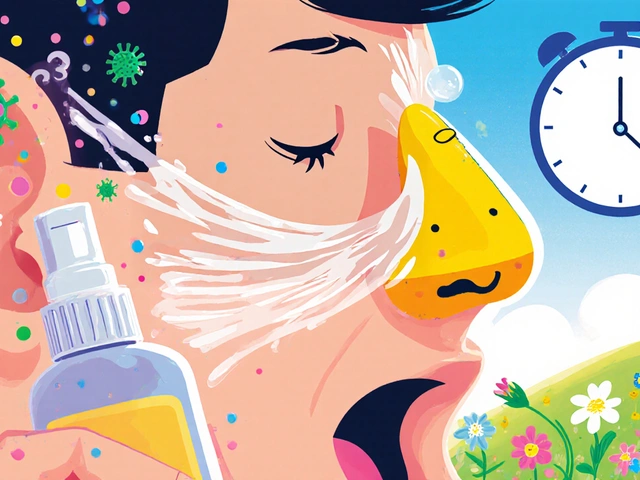
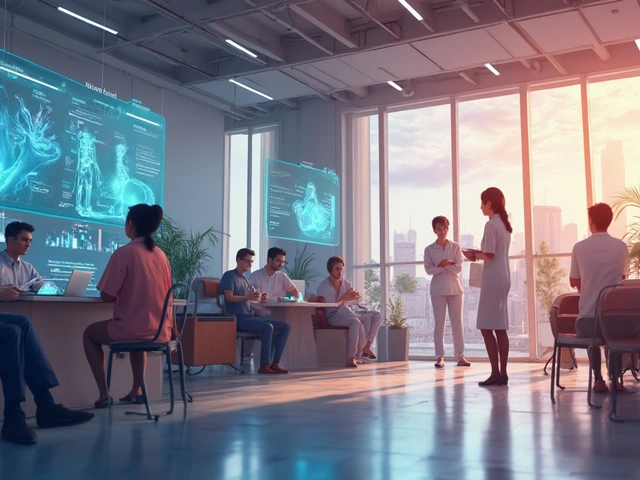
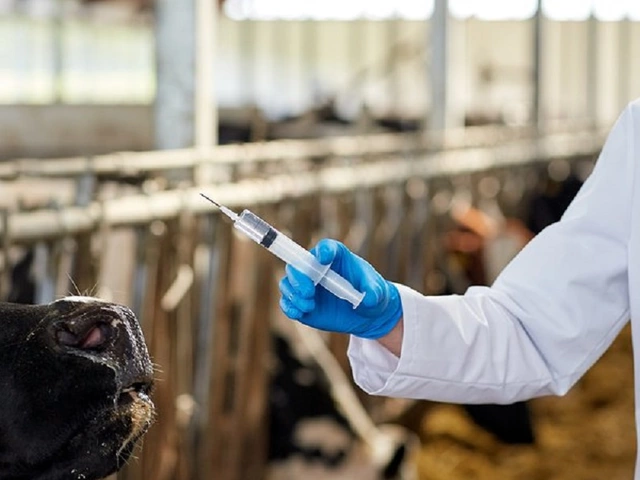
Adam Dille
November 15, 2025 AT 08:13Katie Baker
November 15, 2025 AT 23:33John Foster
November 16, 2025 AT 02:23Andrew Eppich
November 16, 2025 AT 13:52Jessica Chambers
November 16, 2025 AT 13:54Aidan McCord-Amasis
November 17, 2025 AT 02:45Edward Ward
November 17, 2025 AT 12:32Shyamal Spadoni
November 19, 2025 AT 07:00Ogonna Igbo
November 21, 2025 AT 00:05